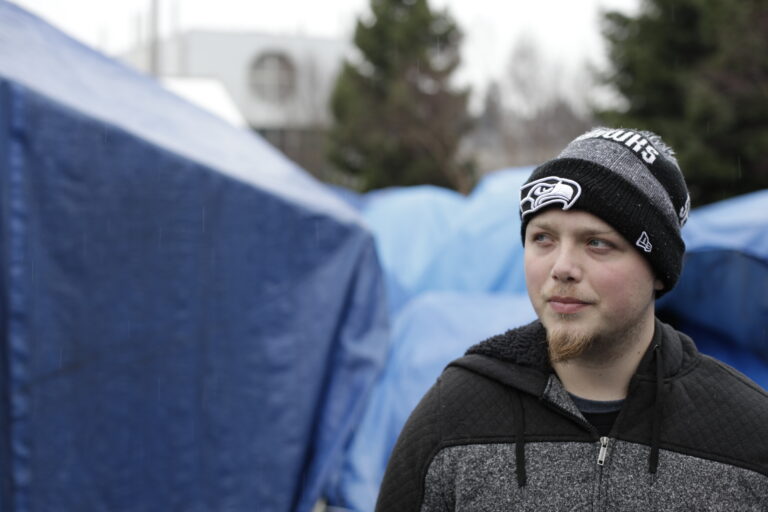Published on July 29, 2024

Reported by Giulia Carbonaro for Newsweek
Shelter villages of tiny homes have popped up across the U.S. in recent years, as the small structures have started to be seen by many advocates as a promising solution to solve homelessness.
Perhaps unsurprisingly at a time when mortgage rates are still hovering around the 7-percent mark and home prices remain historically high, tiny homes are also becoming an attractive option for many Americans who are not experiencing homelessness, but would like to buy a property that won’t break the bank and dissolve their savings.
According to Gregg Colburn, an associate professor at the University of Washington, the recent “acceleration of the housing affordability crisis is clearly related and associated with the rising levels of homelessness that we’ve seen” in the past few years.
“And so, if we want to reduce levels of homelessness and create more housing options for people who are precariously housed, we need to prioritize housing production and particularly production of housing that’s affordable for people with lower incomes,” he told Newsweek.
“I fear in the absence of that, we will continue to wrestle with this pretty significant challenge of homelessness. Which I would argue is unnecessary if we had adequate housing stock and affordable housing supply in the United States.”
The median sale price of a U.S. home was $442,479 in June, according to the latest Redfin data, up 4 percent compared to a year earlier and above the peaks reached in 2022.
The number of Americans facing homelessness has also grown massively in the past few years, with an estimated 653,104 homeless people living in the U.S. in 2023, according to estimates from the Department of Housing and Urban Development (HUD).
The problem has become even more evident following the pandemic, a time when many shelters were required to implement social distancing and many homeless people were forced onto the streets.
Ivy Goyco of Tampa, Florida, is currently experiencing homelessness with her 5-year-old son. She recently had “the worst experience of her life” when the house she was living in was engulfed in a fire, she told Newsweek, “even worse than the domestic violence I was a victim of when I was pregnant with my son.”
Before she was accepted in the shelter where she’s currently staying, she spent five days sleeping “where we could, out of sight from the public eye or on someone’s floor if they could allow us into their home,” she said.
Gregg Colburn, an associate professor at the University of Washington, comments on the"acceleration of the housing affordability crisis is clearly related and associated with the rising levels of homelessness that we've seen" in the past few years. Are tiny homes the answer?